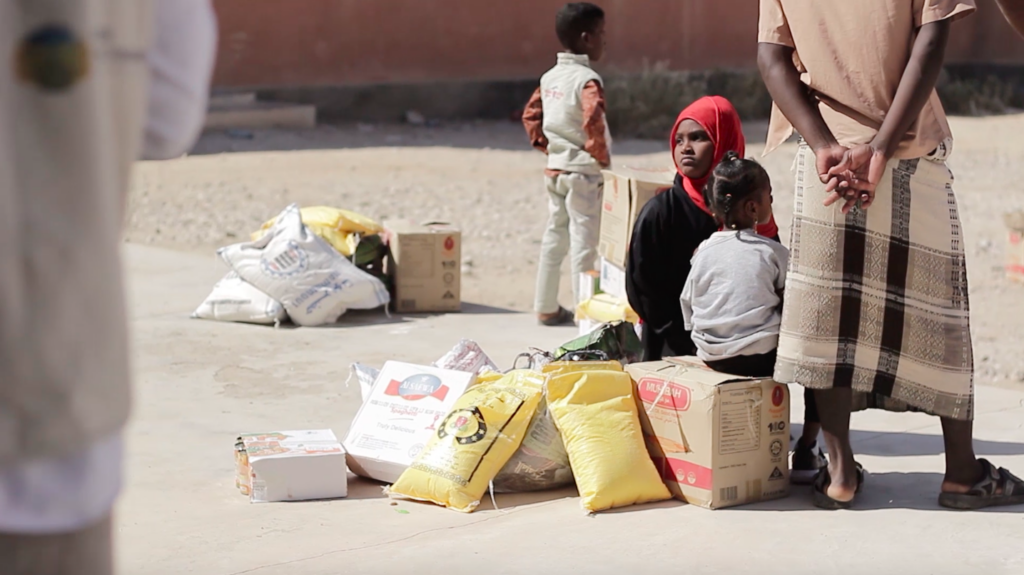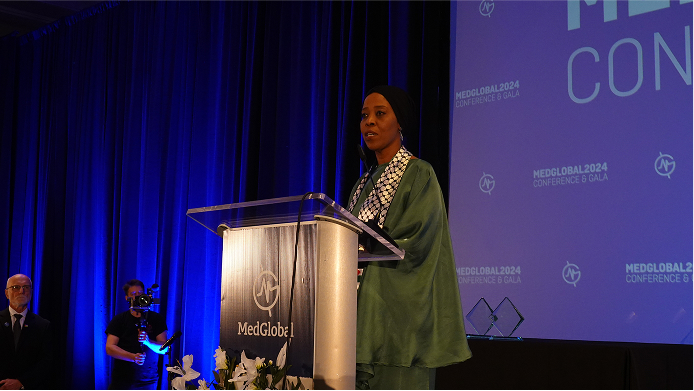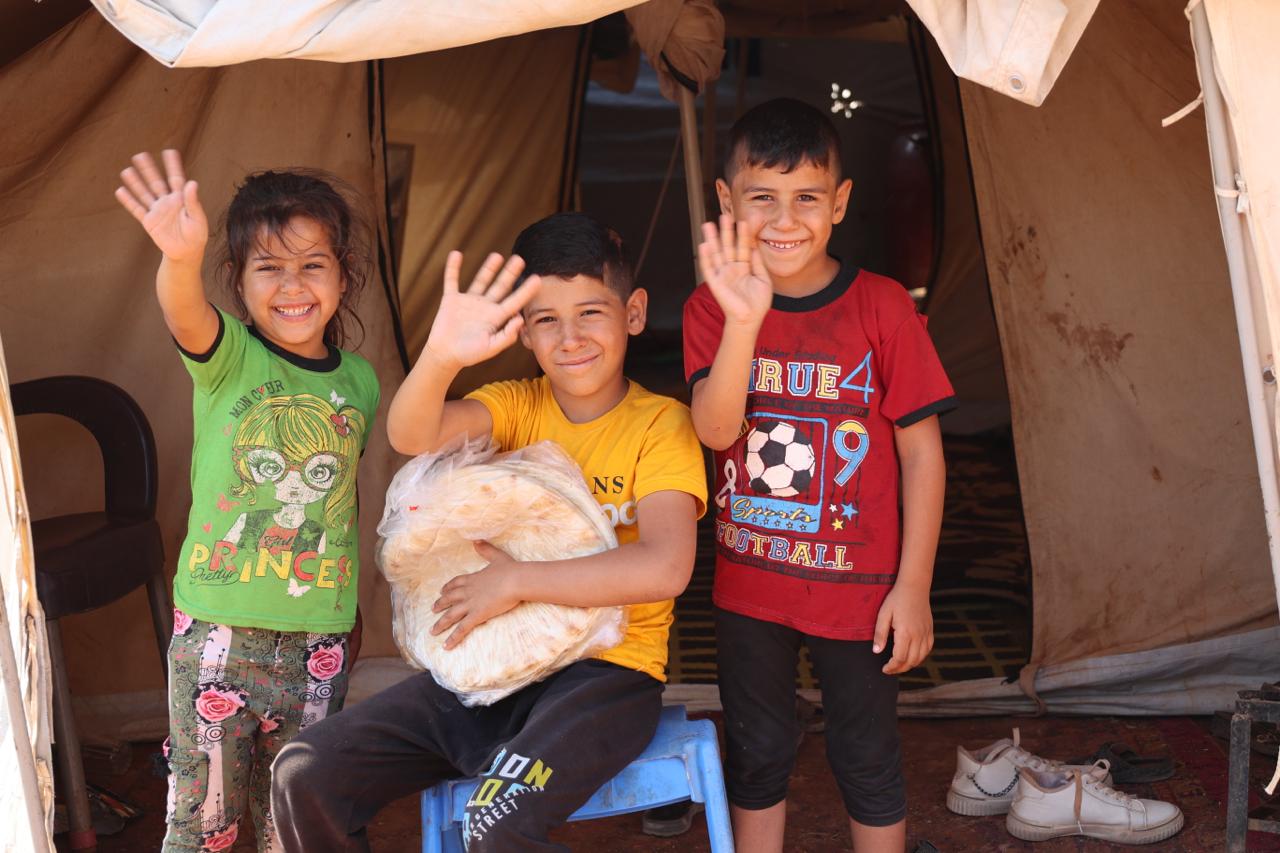Updates & Press
Featured | March 19, 2021
Q&A with MedGlobal’s Yemen Program Manager
Author | MedGlobalComms

The humanitarian situation in Yemen is dire, with 80% of the population in need of humanitarian assistance and the country on the brink of famine. At the same time, humanitarian funding commitments have been decreasing by global donors. MedGlobal has worked in Yemen since 2017, providing health and nutrition support to hospitals and communities in the most hard-to-reach areas. Our Yemen Program Manager, Dr. Mohammed Abass, recently answered questions about the humanitarian crisis in Yemen.
1) How would you describe the current humanitarian situation in Yemen?
Yemen is truly experiencing one of the largest humanitarian crises in the world. The vast majority of people are in desperate need of humanitarian assistance. The hunger crisis is worsening all of the time. Our country is now headed into a large-scale famine.
Many Yemenis are dealing with daily threats to their security, and many have faced protracted displacement and are unable to access basic services. Six years of fighting and violence has collapsed Yemen’s economy and destroyed housing and infrastructure serving millions of people. Over the past 18 months, flooding has devastated communities in the south and contributed to the spread of diseases, including cholera, dengue, malaria, and diphtheria. COVID-19 has of course made everything worse. When COVID-19 was first detected last March, all of Yemen’s other crises made it impossible to focus on containing or managing the spread. No one knows how many people have had the virus or how many have died.
More than half of health facilities have been damaged by the conflict or lack the staff, medical supplies, or fuel to function. Challenges to importing supplies mean that many health facilities lack basic things like masks and gloves. Supplies that we need for treating COVID-19 patients, like oxygen, are even harder to get. And many health workers are working without being paid.
2) Yemen has been on the brink of famine for several years. What is different about the situation now?
Yemen’s economy collapsed since the conflict began. Most Yemenis are hungry and unable to secure food for themselves. A third of the population has barely enough income to buy food, and even small rises in prices can prevent families from being able to buy food for weeks or months. The few companies that supply our markets are dealing with restrictions on imports and taxation. Importing food into northern Yemen is even harder due to air and sea blockades.
The cuts to humanitarian funding have also led to reductions in food assistance by humanitarian organizations. In the spring of 2020, there were big cuts to emergency food aid going to millions of people in the north. Monthly rations to families have been stretched to a single delivery every two months. These are just a few of the factors contributing to an increase in malnutrition and starvation, especially for children. A quarter of the population in Yemen, including more than two million children and one million pregnant and lactating women, are suffering from malnutrition.
3) How are ordinary Yemenis dealing with the multiple health crises? Are certain needs prioritized over others?
The hunger and malnutrition crisis is getting worse day by day. Yemeni families are right now depending on meagre humanitarian assistance to supplement income from a few working family members or from a small business. Families in rural and hard-to-reach communities are often entirely dependent on humanitarian support and some agriculture. People are just trying to get by.
Other health issues are also causing crises. Three years ago, Yemen experienced the worst cholera outbreak in modern history. For the last three years, cholera prevention and control services have taken priority. Of course, the outbreak of COVID-19 worsened the situation for many Yemenis. But major public health interventions receive limited focus.
4) What are some of the biggest needs in your opinion?
Some of the greatest needs we see at the moment include:
- Food assistance and unconditional cash grants for families who are displaced. Support for those facing hunger and famine is critical for their survival.
- Nutrition support, especially for young babies. We need to reduce acute malnutrition among highly vulnerable populations.
- Water sanitation and hygiene (WASH) interventions to prevent future outbreaks of water-borne diseases.
- Maternal and child health care. This is lacking across Yemen.
- Strengthening health systems and infrastructure, especially through providing training and motivation for health workers especially in rural and hard-to-reach communities.


